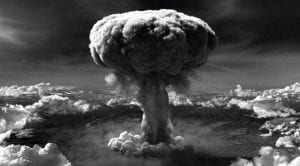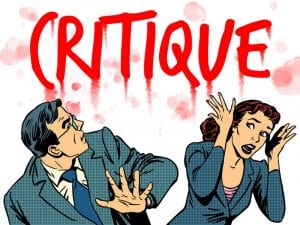Posted on November 3, 2018
Manhattan Project²
Well, it has been a long time since I’ve written a blog post. Normally at the beginning of the school year in PLP we would write a post on a mini project we did, but not this year. This year we dove write into a big project and have been working very hard on it for 2 months. For this project, we learned about the making of the atomic bombs, and had to make a video with five facts about the plutonium supplying town for the atomic bombs, Hanford, Washington. Now that we are finally finsihed it, here it is.
Of course we didn’t just get assigned a project and had two months to make the video. A lot of learning and work went into this video. We kind of learned everything backwards for this unit. We started off with learning about the bombs being dropped and the damage they caused, then we learned about the creation and production of the bombs. To introduce us to the subject and sharpen up our video skills after summer, we had to make a retro news reel set right after the first atomic bomb was dropped. I was put into a group with Izzy, Alex, and Adam and we worked really well together to make the news reel. By doing this project it helped me understand the reasons that America dropped the bomb on Hiroshima. The video didn’t turn out perfect but there was no second draft, so here it is.
There were three main towns in which the atomic bomb was made. The production of plutonium was done in Hanford, the production of uranium was done in Oakridge, and the making and testing of the bombs was done in Los Alamos. These were called the secret cities because they were far away from any other civilization, and even the employees working there didn’t know what they were making. To help us understand what it was like in these secret cities, we were given an app that allows you to explore Los Alamos and learn about life there. The app gave me a deeper understanding of how much work was done there and how secretive everything was. As mentioned in my video, the people who worked on the atomic bomb did not have easy lives and my experience with this game helped me realize that.
Once we had completed the game, everyone had to pick a person who worked on the atomic bomb and create a character card for them. I chose a nuclear physicist that I learned about in the app, Ernest Titterton. We were all given a template that we had to fill out so they all looked exactly the same. By doing this project I learned more about how much the atomic bomb affected the people who worked there lives. Most people, if they came from far away, had to leave their families behind, or even if they did bring their families they didn’t see them much.
Then, it was time to make the video. We were put into groups of three. In my group was Isobel and Simon. We chose to tell five facts about the hardships of working in Hanford, Washington. We already had a decent amount of information on this topic but we had to do additional research. We chose the 5 facts we wanted to tell, researched them, then wrote our script. Hanford, Washington isn’t too far from where we live in Vancouver so why not go visit it? We went on a field school to Hanford Washington to get first hand experience of what it was like there and to film for our videos. You can read about that Field school here (coming soon).
We filmed a lot of our video on the trip and got some interviews too. Once the trip was over we immediately started putting together the first draft of our video in iMovie.
By the time our first draft was done our teachers were gone on a field school with their grade 8 class, so we couldn’t get our videos critiqued until they came back. While they were gone, we worked through a package about the Cold War and how it started. We finished it off by sharing a group presentation on the best way we think the US could have ended the war with Russia. Honestly I couldn’t stand the package. Most of the work in it was about analyzing sentence structure and not about learning. It felt useless and I hope I never have to do another one again.
Once the teachers were back from their trip it was time for…
We critiqued everyone’s videos as a class, which was nice because we got the chance to see what we liked in everyone’s videos so all of ours could be great. After we had all of our critique, my group sorted out who would do what, and we got started on our second draft. Two big things we had to do were we had to add pictures to make it more interesting, and we needed to add better transitions We worked really hard on it and I think it turned out pretty good.
Coming into this project I wasn’t too excited. The dropping of the atomic bombs was a really interesting topic to learn about, but the making of the bombs sounded really boring. After learning so much about it, it wasn’t as boring as I thought. I have such a deeper understanding for how hard it was to make the bombs. So many people spent years making the bombs, and they did it all unbelievabley quickly. The people in Hanford were given the opportunity to have a steady job and be apart of ending WWII. Once everyone found out what they were working on some people felt awful about what they have created and others felt proud to have helped their country. Either way people all over the world are still feeling the effects of the bombs. Both the people who were bombed, and the people who built the bombs are still suffering from radiation poisoning. Now, I have one question I want you to think about. Was making the atomic bombs more of a positive, or negative thing in history?






Excellent work. So glad you looked at both sides of the use of the technology.
Ernest Titterton was my father’s cousin, and although I never met him, my father often spoke about him being ‘the clever one who went to Uni’
Andy Titterton
England
I really enjoyed learning about your father’s cousin. Thank you for the comment! 🙂